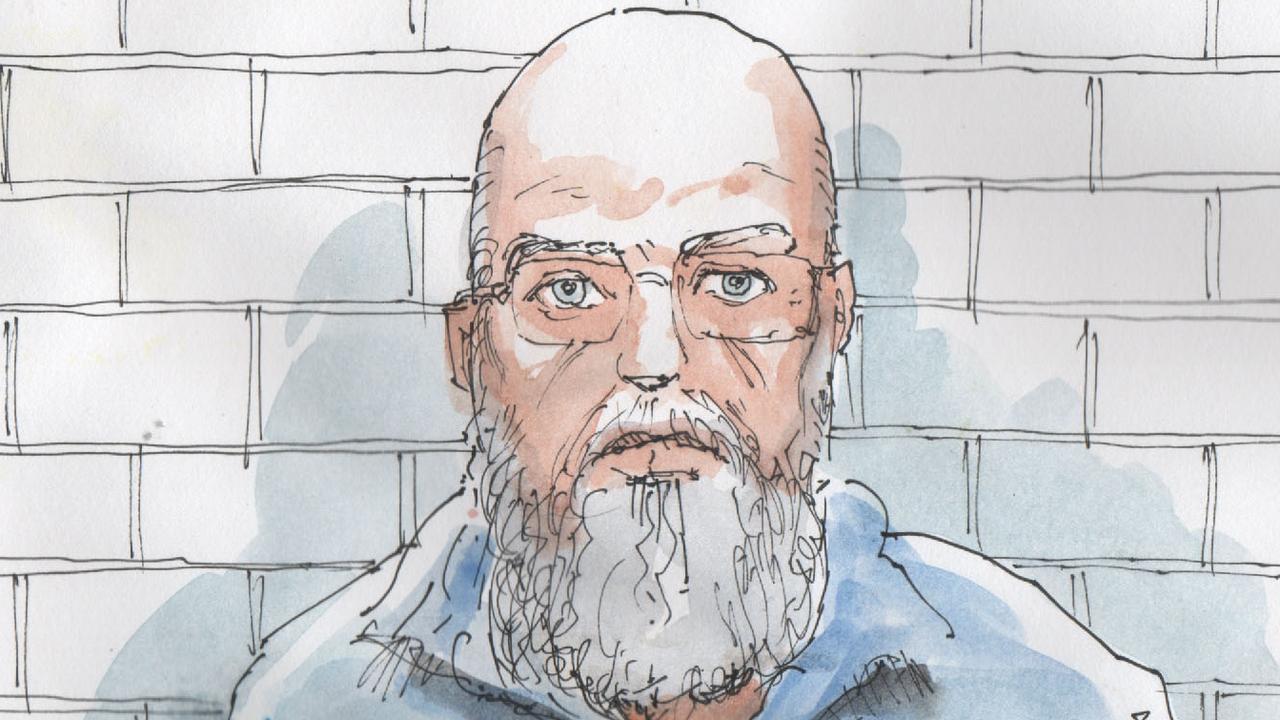Van Beelen takes his conviction for murdering Deborah Leach to the High Court — but will it work?
THE High Court is hearing the appeal of Frits Van Beelen, four decades after his conviction for murdering teenager Deborah Leach. This is the history of one of SA’s most notorious murders.
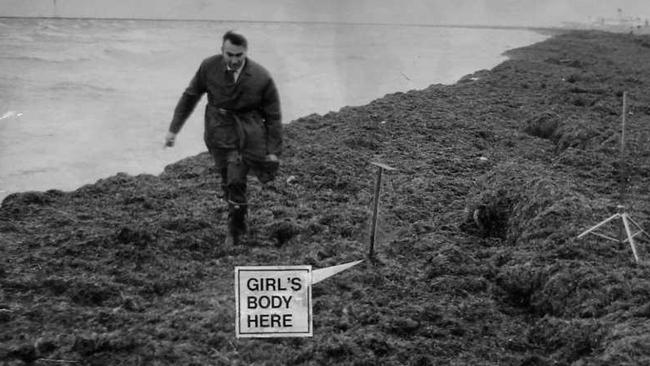
Law and Order
Don't miss out on the headlines from Law and Order. Followed categories will be added to My News.
MONDAY, July 15, 1971. Prime Minister William McMahon is holding on to power against a resurgent Labor Party under Gough Whitlam against a backdrop of growing unrest about Australia’s involvement in the Vietnam War.
On the radio, rock band Daddy Cool is dominating the airwaves with their No. 1 hit Eagle Rock.
At the Odeon theatre, at Semaphore, moviegoers are watching Tony Curtis and Charles Bronson in You Can’t Win ’Em All while, at 3.30pm, just a few kilometres up the coast at Osborne, two 15-year-old school girls are walking home from school.
The 10-minute walk had become a habit for the pair — Deborah Leach and Janice Hazelwood — who lived on the same street, 250m from each other.
On that cloudy afternoon, both were dressed in their Taperoo High School uniforms, which included a grey tunic, white shirt, pullover and a tie.
They walked, mainly across paddocks, to their respective homes in Morea St. To their left, separated by a row of Norfolk Island pines and low sand dunes, was the Gulf St Vincent.
Deborah had with her a sponge cake she had made in cooking class that afternoon. They arrived at Deborah’s house — No. 40.
Janice simply said “See ya” and kept walking to her home — No. 71 — on the other side of the road.
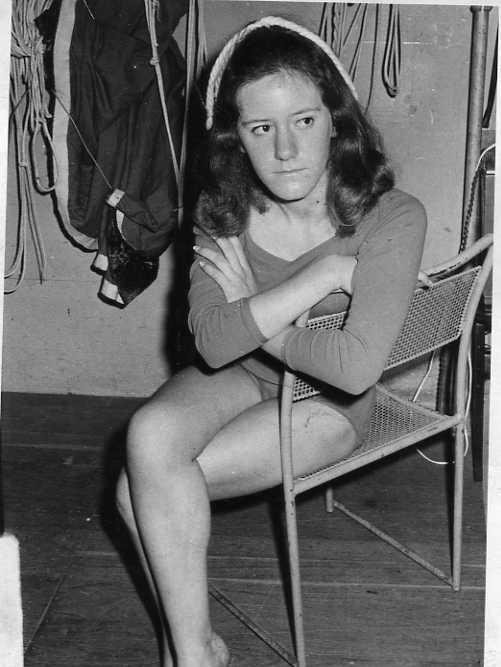
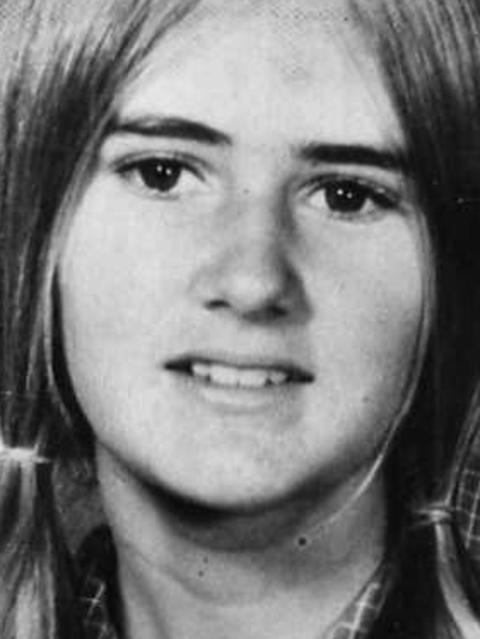
A storm on the horizon would, overnight, bring with it thunder, lightning and flash flooding. It would cut power to homes from Outer Harbor down the coast to Brighton.
Despite this, Deborah changed into casual clothes and, as she would often do, took the family’s kelpie-border collie cross for a walk to nearby Taperoo Beach.
About 4pm, Janice’s mother, Rosemarie, saw Deborah running through the paddock between Morea St and Lady Gowrie Drive heading towards the dunes..
Mrs Hazelwood said the teen was wearing a “greens brown jumper and slacks”.
Janice, 60, who is now married with two adult children, lives at Para Hills, about 30 minutes drive from where she grew up as a callisthenics-loving teenager.
She told the Sunday Mail that she can still recall the conversation she had with her mother the following morning, on July 16.
“My mum and I got up in the morning and we were having breakfast,” she says.
“We had a clear view in front of us and we saw policemen walking across the beach in single file, about 20 or more of them, all in a straight line.
“Mum said ‘The police commissioner has probably lost his sunglasses’ or something like that.
“I just walked to school by myself; Deborah and I didn’t walk together every day. And I got to school and everybody was crying and upset, and I didn’t know what was going on.”
Word had quickly spread that Deborah’s body had been found partially buried in sand and covered in seaweed about 4am by police who had been alerted to her disappearance.
She had been drowned and sexually assaulted.
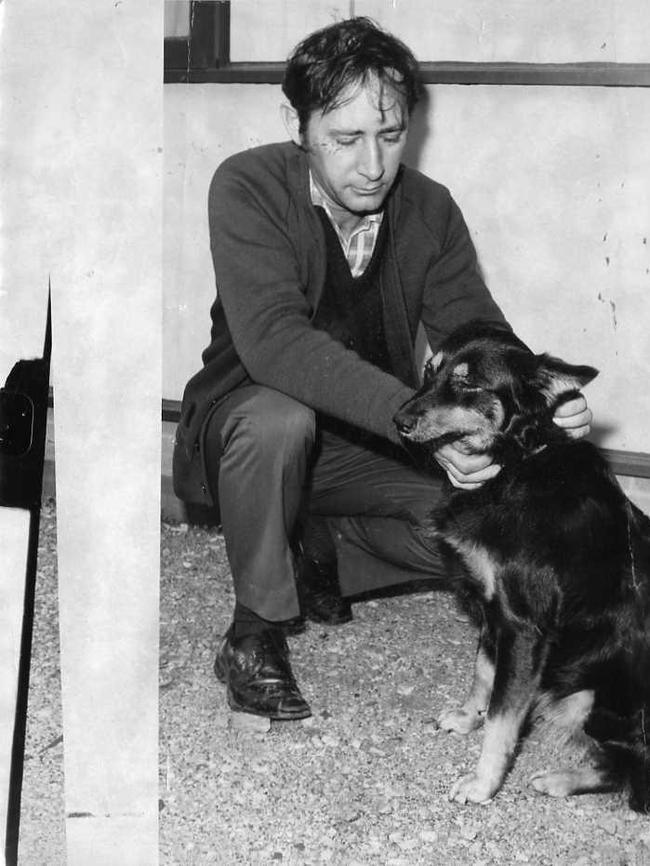
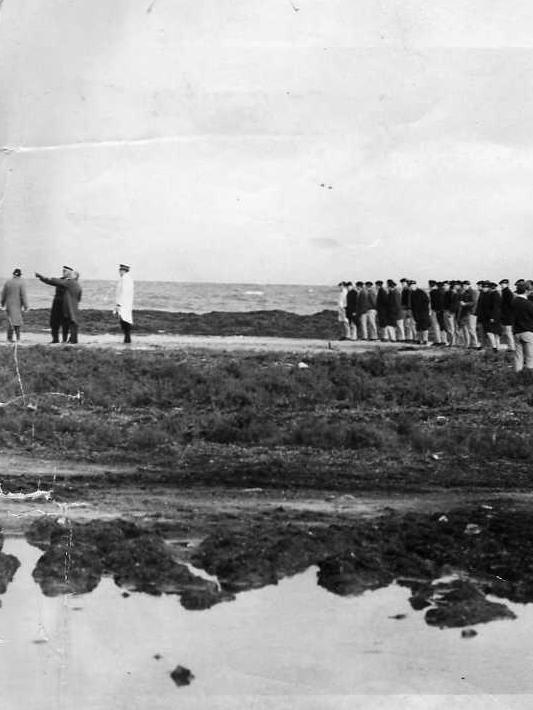
This week, almost 46 years later, the High Court of Australia will sit in Adelaide to determine whether the man found guilty of the heinous crime should have his conviction quashed.
Frits Van Beelen, who has consistently maintained his innocence, was found guilty of murdering Deborah after what was, at the time, the longest criminal trial in South Australian history.
Now in his early 70s, Van Beelen was sentenced to death but it was the practice at that time to commute a death sentence to life imprisonment. He served 17 years in jail before he was released in 1990.
Despite two trials and numerous appeals, including an appeal to the Privy Council in London, Van Beelen’s conviction for the murder was upheld.
Law expert Dr Bob Moles, who specialises in investigating miscarriages of justice, says the High Court hearing is “of upmost importance” for criminal justice in SA.
“Being convicted of murder is one of the most serious things that can happen to someone,” he says.
“He was initially sentenced to death — a conviction for murder. Seventeen years in prison knocks out very important years of your life.
“I think Mr Van Beelen has done extremely well to restore himself to an ordinary life after that.”
Attempts by the Sunday Mail to speak with Van Beelen, who was married at the time of the murder and has since remarried, were unsuccessful — consistent with his relative low-profile since his release.
In a rare public statement in October 1988, Van Beelen issued a press release after Lindy Chamberlain’s conviction for murdering her daughter, Azaria, was overturned.
“Congratulations to Lindy and Michael,” he said. “Police investigations ‘overlook’ issues or vital witnesses ignored, experts less than expert, and courts are reluctant to correct mistakes.
“I intend to clear my name and restore honour and dignity to my family.”
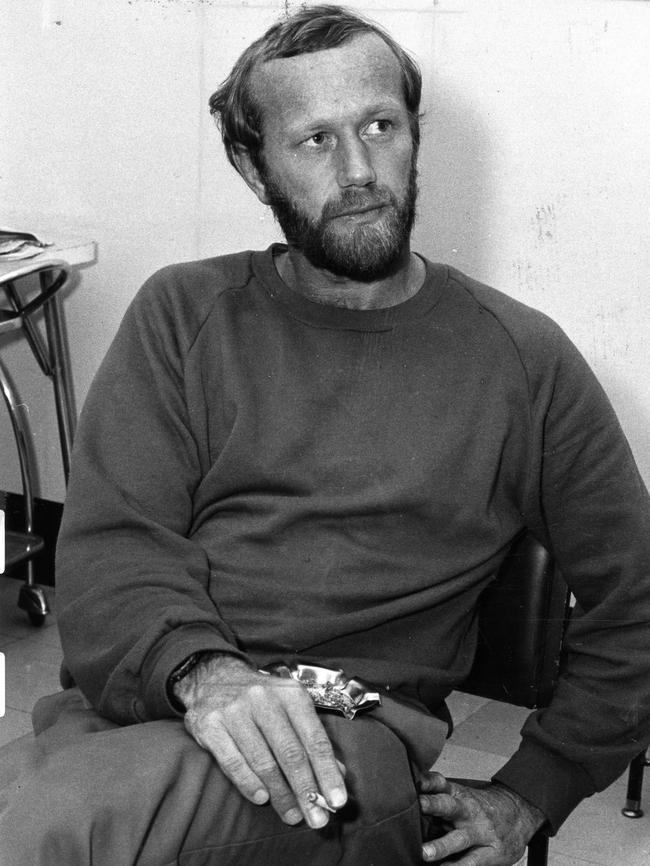
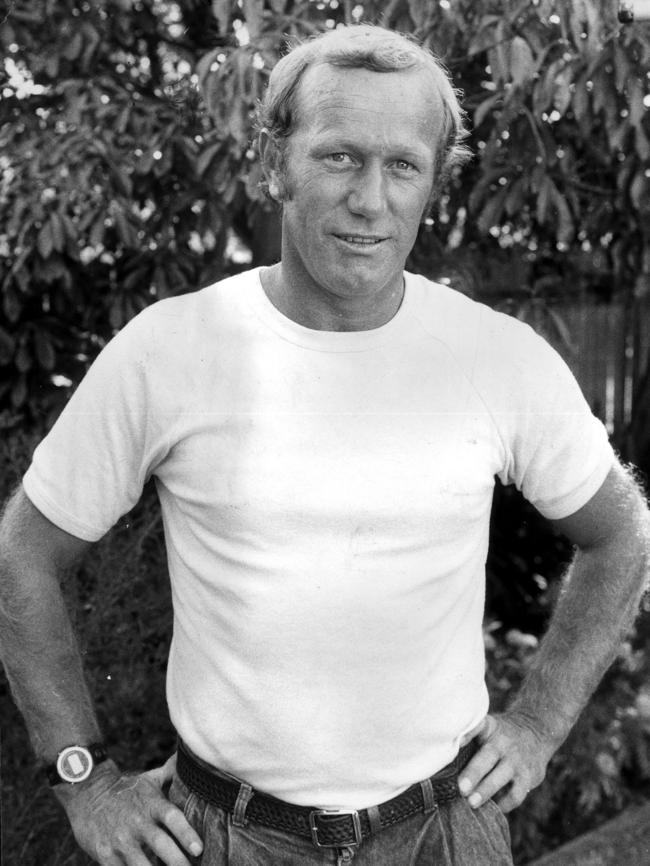
Van Beelen’s family were big supporters of their son and have consistently spoken of his innocence.
In The Conviction of Innocence — The Man Who Won’t Be Bribed, written by the Friends of Frits Van Beelen, his mother, Corry, describes how she “is something of a psychic” before outlining a premonition in the lead-up to her son’s arrest.
“In my dream, Frits was in his bedroom ... my dream showed a police van which pulled up outside my home. Two policemen entered Frits’ room and took him out,” she said in the book.
She went on to describe wooden seats.
“On each wooden seat was a young girl. Both girls were identical. Both were saturated and dripping water onto the floor. Both girls were dead.”
Deborah’s sister drowned in a pothole at Mt Gambier shortly before Van Beelen’s retrial in 1973.
Mr Moles says the dream made sense.
“She could explain why she had seen two girls, each of whom was dead, and each of whom was saturated with water,” he says on a web page dedicated to the case.
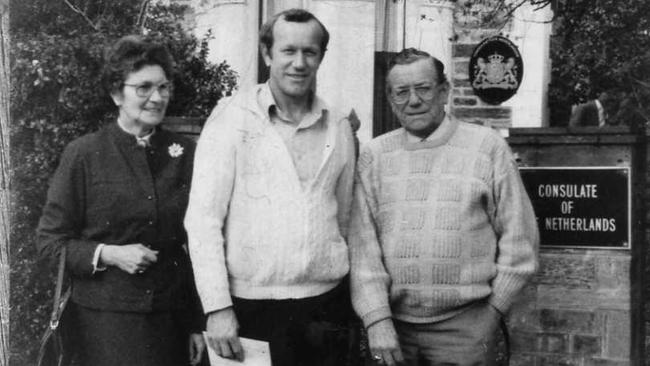
Van Beelen was arrested on October 6, 1971. His red Torana had been spotted in a car park overlooking the beach around the time SA’s then chief forensic pathologist, Dr Colin Manock, determined to be the time of Deborah’s death.
His testimony, and the time of death he determined by evaluating stomach contents and suggested digestion, is what Van Beelen is challenging in the High Court.
Dr Manock fixed the time of Deborah’s death as having occurred between 3.30pm and 4.30pm by relying on an analysis of teenager’s stomach contents.
Van Beelen’s lawyers will argue the time of death was not only wrong then, but had been disproved since by scientific advancement.
Van Beelen had an alibi from just after 4.30pm, so the time of death is critical.
Prominent Adelaide criminal lawyer Kevin Borick, QC, has represented Van Beelen since his first trial in July 1972.
“In criminal justice, it is important to use proper science and use science properly,” Mr Borick told the Sunday Mail.
Mr Borick has previously argued Dr Manock’s evidence was unreliable, particularly regarding Deborah’s time of death and his claims she had been sexually assaulted after being murdered.
At the time of Deborah’s death, Van Beelen was an unemployed carpenter and often went to the beach for a walk, or to jog.
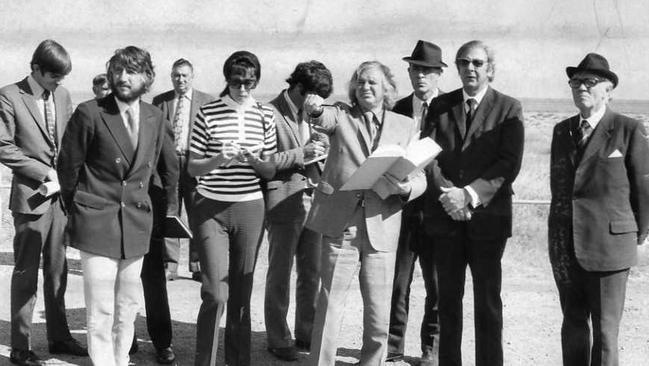
He had two previous convictions, one for indecent exposure and the other for attempted rape.
On July 12, 1971, The Advertiser reported police were looking for a “man with a limp” in relation to the crime.
In 1974, Van Beelen appealed against his conviction after one of his lawyers was asked at a social function “Did you hear about the confession?”.
His lawyers told the court the confession was made to police by a 21-year-old invalid pensioner, a man with a limp, who later retracted it.
Mr Moles says police dismissed the man’s confession because, among other factors, he had at one time been institutionalised for mental problems and because he said that he had raped Deborah before he killed her.
Dr Manock had said Deborah was raped after she had been killed.
In 1998, a woman came forward saying she suspected her former husband — who had apparently been sexually interested in young children for some time and was known to frequent the toilets in the area of the beach — was the killer.
At the time Ted Mullighan, QC, told the Legal Services Commission, which had sought his advice, that there was insufficient evidence to pursue the overturning of Van Beelen’s conviction due to the passage of time and a lack of corroborating evidence to the ex-wife’s claims.
Mr Moles believes police were always fixated on Van Beelen.
“It’s often what we call tunnel vision, particularly in tragic cases, they are under pressure to solve crimes,” Mr Moles says.
“They find someone on the beach around the time and in their mind they put two things together and lock in that as a solution.”
Janice agrees police appeared fixated on Van Beelen as the suspect.
“Police put a lot of effort into finding information that might have been able to place him there doing it,” she says.
When asked if a huge question mark will be placed over the case if the High Court quashes Van Beelen’s conviction, Janice simply says “Yes, obviously.”


